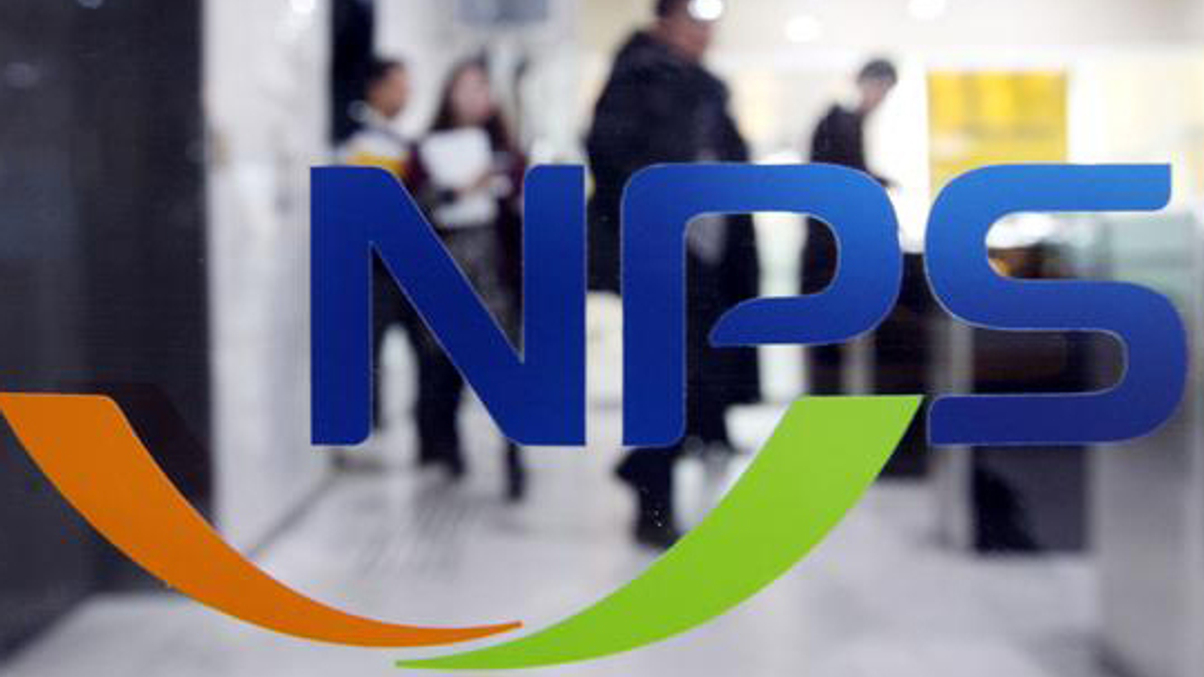Nimbler NPS to help unleash bolder alts approach
A more streamlined decision-making process could help Korea’s public pension fund to benefit more from alternatives as it hunts higher and more stable returns.

National Pension Fund (NPS) has outlined plans for a bolder and broader approach to investing in alternatives, and not a moment too soon after the Korean behemoth posted a negative overall return last year.
Sign In to Your Account
Access Exclusive AsianInvestor Content!
Please sign in to your subscription to unlock full access to our premium AI resources.
Free Registration & 7-Day Trial
Register now to enjoy a 7-day free trial—no registration fees required. Click the link to get started.
Note: This free trial is a one-time offer.
¬ Haymarket Media Limited. All rights reserved.


